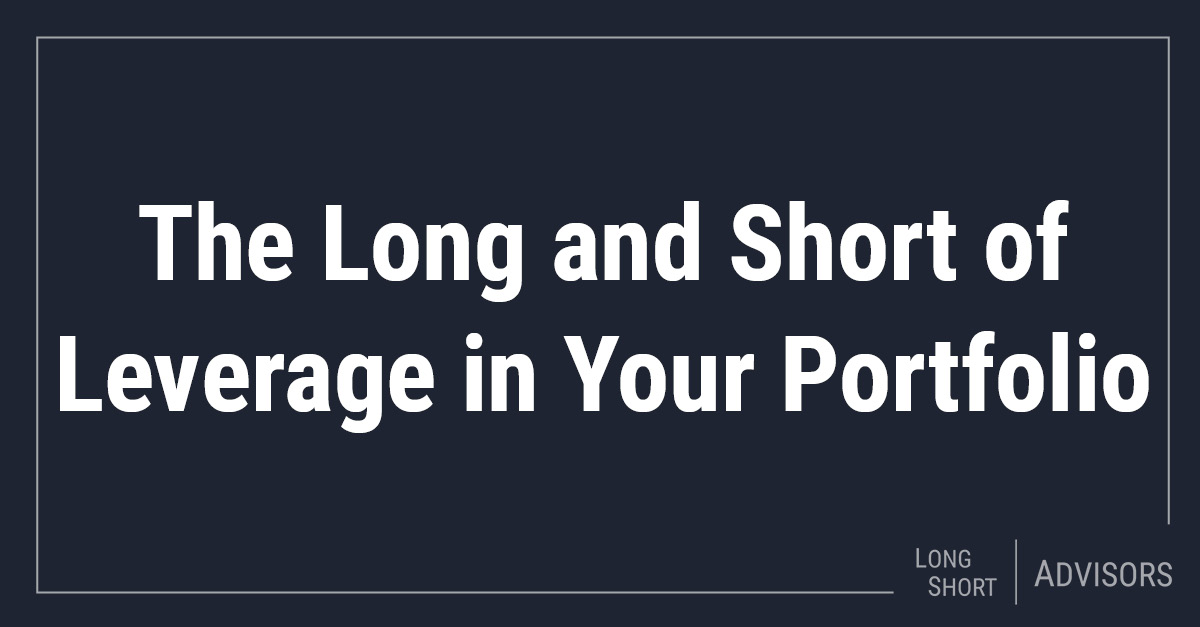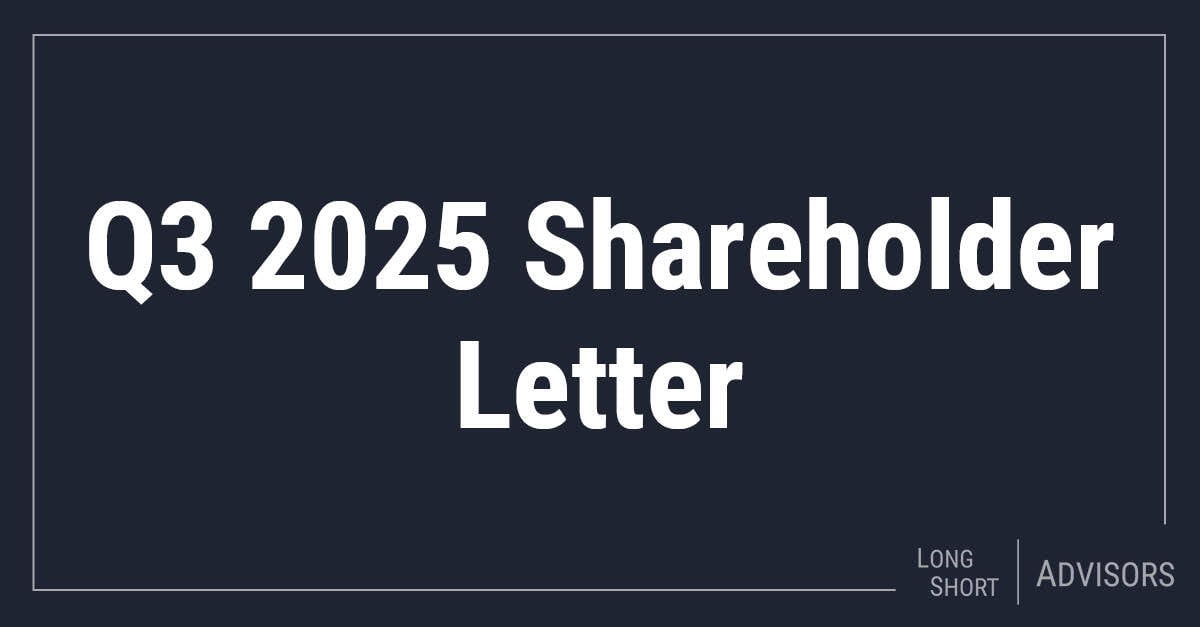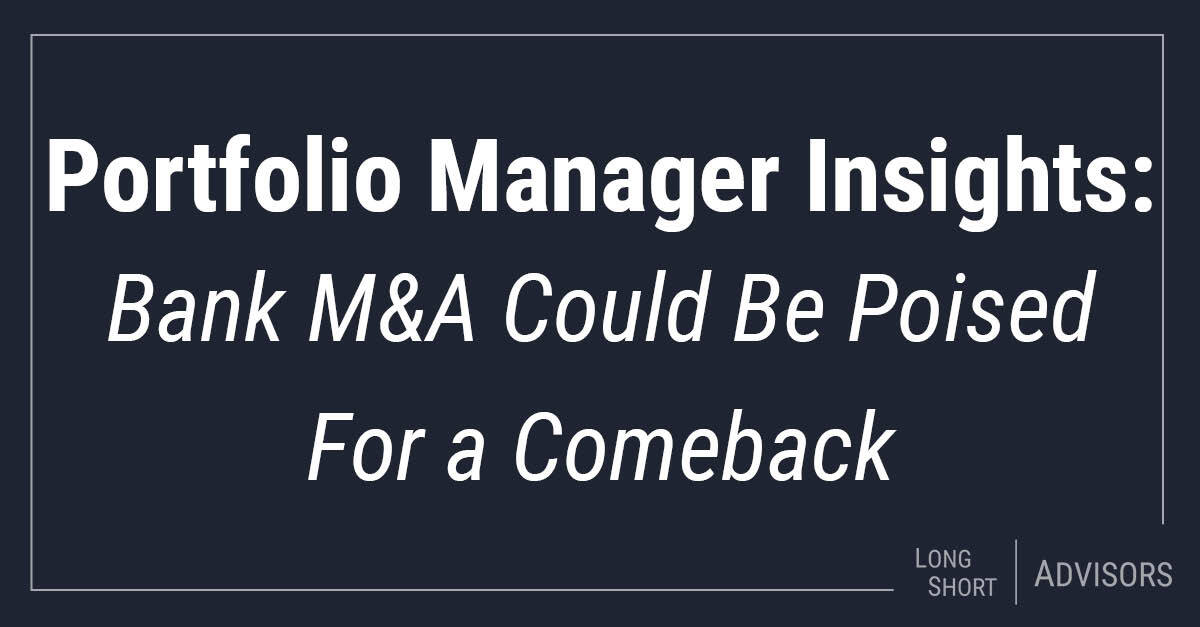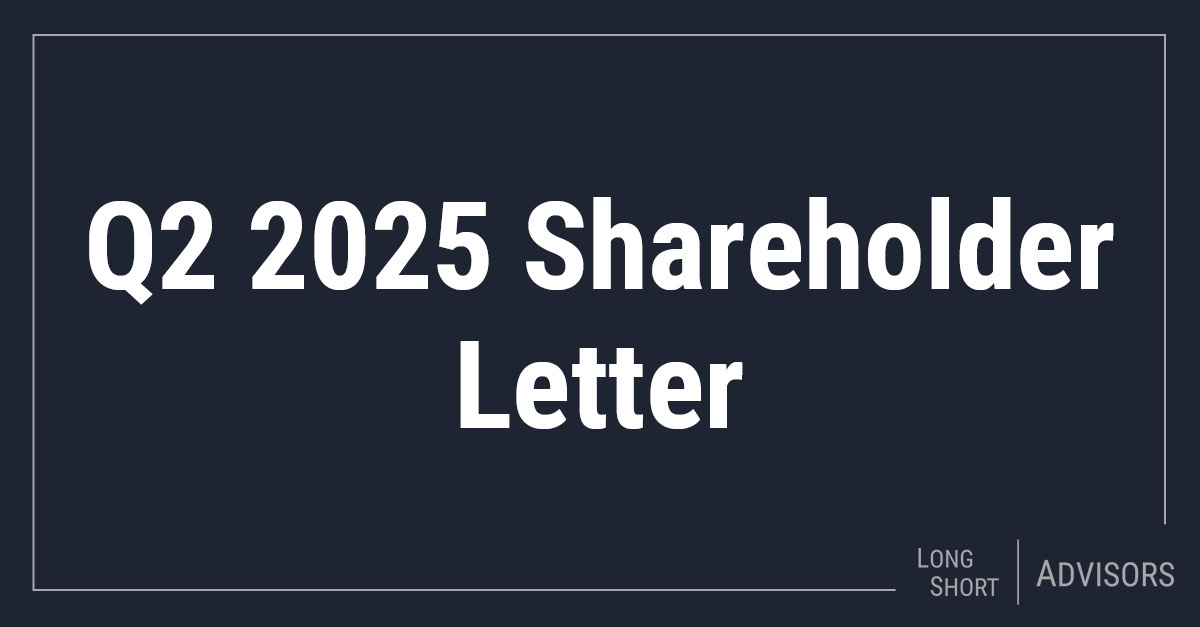Investors can easily follow their portfolios' returns by studying monthly or quarterly performance. Assessing and managing risk in a portfolio can be a bigger challenge but is worth the effort since the ability to limit downside risk will have a major impact on your ability to meet financial goals. One important potential source of risk is leverage, or the use of borrowed capital.
There is nothing intrinsically wrong with deploying leverage to juice potential investment returns, but investors need to keep in mind that leverage is a double-edged sword that can augment gains but also amplify losses (and add interest expense) if the market turns against you. In fact, many investors do not even fully comprehend the multiple ways in which leverage may be present in their diversified portfolios. They may assume—wrongly—that, unlike with lightly regulated hedge funds, SEC rules such as the Investment Company Act of 1940, which regulates mutual funds, protect the investing public from the risks of leverage. Not only are 40 Act funds allowed to use borrowed money when investing, but the recent proliferation of ETFs has multiplied the number of funds using leverage, sometimes in opaque ways.
Let’s examine the way that several common asset classes may use leverage.
Most closed-end funds, for example, borrow money (a 35% leverage ratio is typical) to buy portfolio assets in a bid to enhance returns and jack up fund dividend distributions. These funds can invest in stocks, bonds, REITs, and other publicly traded securities, but one of the most popular asset classes is municipal bonds. Historically, high-grade muni bonds have been low-risk assets, so closed-end fund managers loaded up on debt to pump up the funds’ tax-free yields. In the past, this strategy generally worked since managers were borrowing short-term money to invest in long-term assets in an environment of an upward-sloping yield curve. But when the yield curve inverted in 2022 (making short-term borrowing costs higher than long-term lending rates) and bond prices fell, suddenly the use of leverage compounded fund losses.
One cousin of closed-end funds that have been popular recently are business-development companies, such as Ares Capital, which help to finance small and midsize private firms and provide a vehicle for ordinary retail investors to access private credit. BDCs tend to yield 10% or higher, but these plump yields are partly due to extensive use of leverage (the debt limit for BDCs is a 2:1 debt-equity ratio).
ETFs have, of course, become all the rage in recent years, and offerings have become increasingly esoteric and complex. There are now countless leveraged ETFs, such as single-, double-, or even triple-leveraged long or short positions on asset classes from stock market indexes and industry sectors to interest rates, currencies, or futures. Typically, the leverage in these assets is implicit in the derivatives used for short or long positions.
Finally, let’s not forget the universe of open-end mutual funds. In recent years, numerous new funds that adopted traditional hedge-fund-like investment strategies have been launched (in fact, many of these are regulated 40 Act funds managed by hedge-fund managers). For instance, consider long-short equity funds, in which the portfolio manager borrows shares from a broker and sells them in the market, hoping to buy back the shares later at a lower price. The investor in effect pays interest to the broker who facilitated lending of the shares. Compared to a long-only fund, in the right hands the ability to combine short-selling with long positions can reduce the fund’s volatility, control downside risk, and expand the investment opportunity set.
Conclusion
In sum, there is nothing intrinsically right or wrong about the use of leverage in a fund or portfolio, but an investor needs to understand whether leverage is being used and, if so, where and how. Note that this exposure may be implicit in complex derivatives embedded in funds. Since leverage can either boost or harm performance, be certain that you grasp the potential downside implications of investing with borrowed money.
Disclosures:
The Morningstar Rating™ for funds, or "star rating", is calculated for managed products (including mutual funds, variable annuity and variable life subaccounts, exchange-traded funds, closed-end funds, and separate accounts) with at least a three-year history. Exchange-traded funds and open-ended mutual funds are considered a single population for comparative purposes. It is calculated based on a Morningstar Risk-Adjusted Return measure that accounts for variation in a managed product's monthly excess performance, placing more emphasis on downward variations and rewarding consistent performance. The Morningstar Rating does not include any adjustment for sales loads. The top 10% of products in each product category receive 5 stars, the next 22.5% receive 4 stars, the next 35% receive 3 stars, the next 22.5% receive 2 stars, and the bottom 10% receive 1 star. The Overall Morningstar Rating for a managed product is derived from a weighted average of the performance figures associated with its three-, five-, and 10-year (if applicable) Morningstar Rating metrics. The weights are: 100% three-year rating for 36-59 months of total returns, 60% five-year rating/40% three-year rating for 60-119 months of total returns, and 50% 10-year rating/30% five-year rating/20% three-year rating for 120 or more months of total returns. While the 10-year overall star rating formula seems to give the most weight to the 10- year period, the most recent three-year period actually has the greatest impact because it is included in all three rating periods. cross the US Long Short Equity category, as of 12/31/2023, LSOFX received the following Morningstar Rating™ for the 3-year, 5-year, 10-year periods, respectively: 4 stars out of 154 funds, 4 stars out of 136 funds, and 4 stars out of 72 funds.
17840206-UFD 01/29/2024







